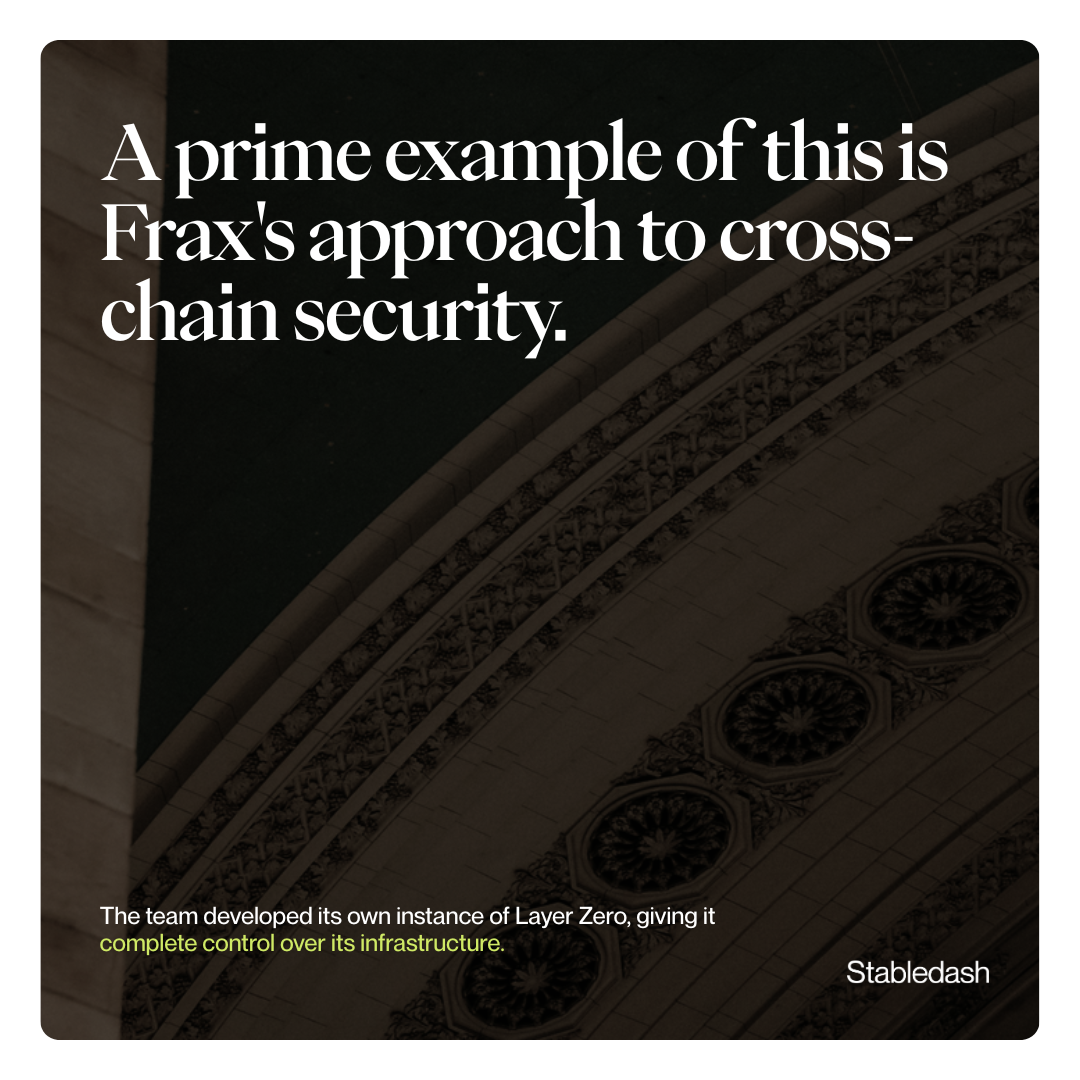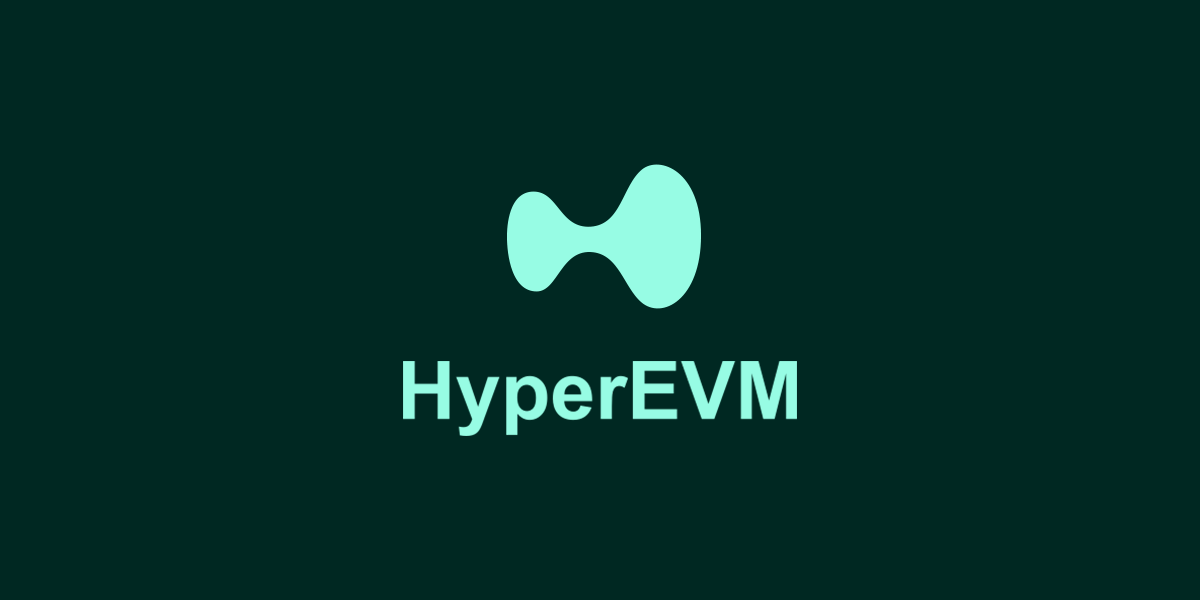DeFi
Frax Finance Leverages Hyperliquid Proposal to Redefine Stablecoin Partnerships
In a bid for Hyperliquid's native stablecoin, the DeFi innovator revealed its strategic pivot to a full-stack "stablecoin operating system," raising the bar for competitors with a 100% economics offer and deep technical integration.
October 7, 2025

Introduction: The Forcing Function
Thrown into the fray just a month into his role, Frax’s new VP of Communications, Sean, found himself at the center of this industry-defining event. His personal journey mirrors Frax's own technical, first-principles ethos. After a background in hardware and DePIN, he identified stablecoins as crypto's "killer use case," seeking out the teams that were pushing the industry forward.
"I was trying to see... who's innovating the most in the space, who's not just like wrapping dollars, who's doing something that's net new, like based on first principles and pushing the boundaries of what's possible here," he explained.
This public contest for USDH signals a clear market evolution. The competition is no longer about simply wrapping dollars but about providing a complete, customizable "stablecoin operating system" for burgeoning DeFi ecosystems. As Sean noted, the process itself became a "forcing function of helping the world understand what makes all of these things different."
The Core Problem: A Clash of Two Worlds
At its heart, the Hyperliquid decision represents a fundamental choice of identity for a rapidly growing DeFi protocol. Sean framed this choice as a decision between two colliding financial paradigms.
"There's kind of like two different worlds... that are now in the process of colliding," he stated. "There's the DeFi world, which is, you know, like DeFi farmers and crypto-native capital... and then now there's this entirely new wave of TradFi Capital coming on board who are more interested in like regulated products, tokenized real world assets, tokenized securities, things like that."
Hyperliquid stands at a fork in the road. One path leads toward a "homegrown," crypto-aligned partner deeply enmeshed in DeFi culture. The other offers a faster bridge to the world of institutional capital and regulatory comfort, exemplified by potential integrations with platforms like PayPal.

Overcoming this hurdle required demonstrating a track record and philosophy that transcended recent deployments, highlighting the powerful cultural undercurrents shaping major DeFi partnerships.
The Solution Strategy: Building from First Principles
Frax Finance's proposal was engineered to showcase its unique value proposition: a vertically integrated, fully customizable technology stack. This solution is more than a single product; it's a comprehensive "stablecoin operating system" designed for security, control, and deep partnership.
The Frax stack consists of three core components:
- frxUSD: A stablecoin fully backed by tokenized treasuries and purpose-built to comply with the new "Guiding and Establishing National Innovation for US Stablecoins Act" (GENIUS Act).
- Fraxtal: Frax's proprietary L1 blockchain, which demonstrates its extensive experience in building and scaling a native DeFi ecosystem.
- FraxNet: A from-scratch architecture designed to handle the entire minting, earning, and redemption process with maximum efficiency and security.
This approach provides a powerful alternative to the rising "stablecoin-as-a-service" model. Sean emphasized the importance of deep engineering, stating,
"I think just building things from first principles and customization is really important... that's something that Frax is uniquely able to do because when we build things... we start from the very base level and evaluate all the options and if there's anything that we don't like we will build it ourselves."

"So the best example of this is our multi-chain infrastructure with layer zero," Sean detailed. "We actually have our own instance of layer zero. Uh and we run our own validation network. So we have complete control over the security of the stable coin and that's very unique to our offering."
This technical depth enabled the proposal's strategic masterstroke: offering 100% of the economics to Hyperliquid. This move was a direct result of the efficiency of Frax’s broader financial ecosystem. As Sean reflected, "I think, you know, us anchoring at 100% might have influenced the other proposal to come out at, you know, 100 or 95 as well... there are other ways to make money off of stable coin besides providing the yield." This anchored the entire proposal process, forcing all competitors to re-evaluate their value-share models.
The Market Impact: Unforeseen Learnings and a New Bar
The vote is now complete, but the public showdown has already yielded critical insights for Frax and the broader market. One of the key takeaways was the powerful allure of crossing the chasm into the regulated TradFi world. Despite Hyperliquid’s DeFi-native DNA, the prospect of integration with platforms like Venmo and PayPal proved to be a significant motivator for its community.
However, Sean presented a compelling counter-argument, advocating for growth from within. He believes true, sustainable adoption comes from building novel products within a native ecosystem, rather than becoming another option on a TradFi app where users have little incentive to switch from traditional dollars.
"But something I was trying to argue for is that, you know, people on Venmo aren't going to be using USDH. They don't even use PYUSD... because they don't need to," he argued. "What really matters for growing these sort of DeFi native stable coins is providing net new products within your ecosystem that are built with that stable coin at its core."
Ultimately, this process has permanently raised the bar for stablecoin partnerships. The expectation is no longer limited to simple integrations and yield-sharing. Today's DeFi protocols demand deep technical collaboration, demonstrable ecosystem-building experience, and a partner who can provide the tools for sovereign growth.
Conclusion: The Future is Infrastructure
Frax's bid for USDH was always about more than winning a single deal; it was a public demonstration of its core philosophy. The battle has crystallized a fundamental shift in the stablecoin market. The central question has evolved from "Who has the most secure dollar?" to "Who provides the best toolkit to build an on-chain economy?"
This new paradigm favors infrastructure players who can offer customizable, secure, and sovereign solutions. Frax has solidified its position with a final, forward-looking posture. Regardless of the outcome, the team is committed to deploying its assets to Hyper EVM and has offered to act as an advisor to the eventual winner.

Sean summarized this long-game approach: "If we're not going to be the ones chosen... they should push for whichever team is chosen to consult with us on the infrastructure side because we are... building things from the ground level and we can certainly advise on how to give them the most control over USDH."
This move positions Frax not merely as a competitor, but as a foundational infrastructure provider for a multi-chain world, ready and willing to contribute its expertise to strengthen the entire ecosystem.
Don't Miss the Next Big Shift
The Stabledash newsletter keeps you off the timeline and dialed into modern money.
Join leaders at Circle, Ripple, and Visa who trust us for their stablecoin insights.
Test: Person Components
PersonChip Examples:
D
drew-rogers
J
john-doe
T
test-person
ContributorMetadataDisplay Examples:



